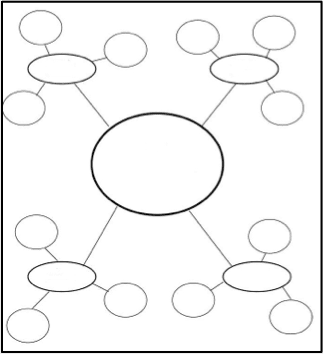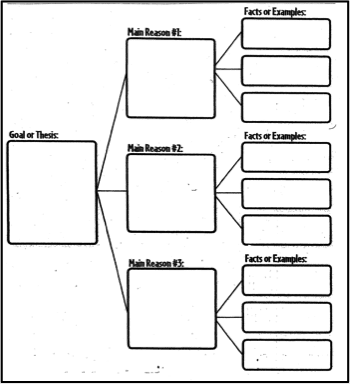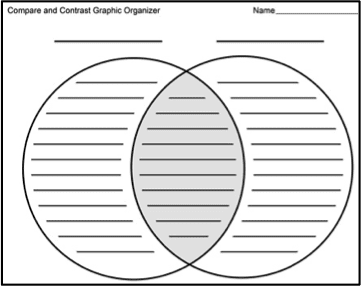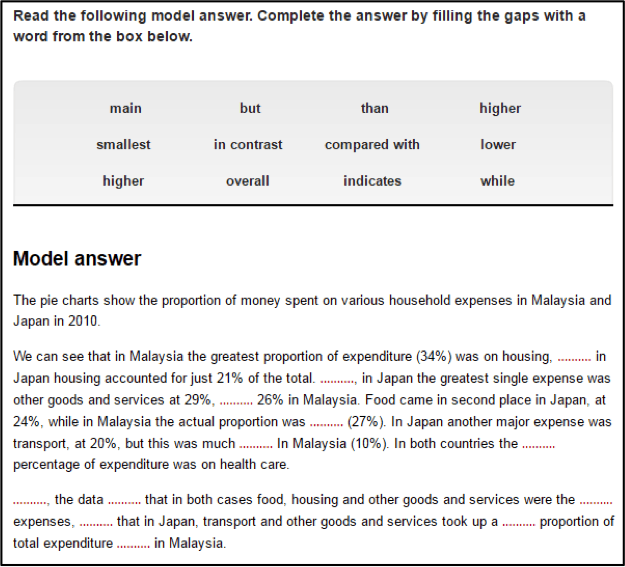Like the other tests of the IELTS exam, academic task 1 and 2 of the IELTS writing test requires knowledge and skills that are generally developed in secondary school, which is why the exam is not recommended for candidates below the age of 16. Firstly, candidates need to have basic visual literacy skills in order to correctly identify and understand the key features of a range of charts, graphs, tables, diagrams, maps, etc. Additionally, they need a reasonable capacity to analyze and evaluate the relationships between these key features and then synthesize this thinking into a summary supported by the details provided. Lastly, they need language skills with which to articulate their understanding.
Depending on where and whom you’re teaching, you may find it necessary to develop your candidates’ visual literacy and critical thinking skills in addition to their language proficiency. This is what I discovered when I began teaching IELTS exam preparation courses to secondary students in the UAE.
About the author: Greg Askew completed the 250-hour TESOL Diploma with OnTESOL and taught IELTS exam preparation courses in the UAE
Preparing Your IELTS Students for Writing Task 1
Developing Visual Literacy

Use eye-catching, interesting graphics as lesson openers to foster curiosity and discussion. Then use a range of questioning strategies, such as oral elicitation, true/false, multiple-choice, short answers, and sentence completions, to assess their developing understanding of the graphic information before attempting a writing task with them. A quick Google search will return countless examples of the different types of graphic information candidates may encounter in their IELTS writing exam.
Reading Before Writing
Whenever teaching a particular IELTS writing task such as summary, letter, or essay, it’s a good idea to have your candidates read several examples before having them write one of their own.
Any writing task involves the execution of a suite of different micro-skills. Many of these can be covered simply by exposing your candidates to the vocabulary, rhetoric, and structures common to these writing tasks. One of the best online resources for IELTS instructors and candidates is ielts-exam.net, which features well over a hundred examples of writing task 1. Each example features a writing prompt, a type of graphic information, and a model response.
Model responses typically reflect performance at the highest band scores, so be sure to rewrite the ones you would like to use to make them more appropriate to your candidates’ level. Also consider killing two birds with one stone by creating IELTS-style reading questions about model responses, such as true/false/not given or matching sentence endings.
Use Summary Completions to Drill Task 1 Vocabulary
No matter what task 1 vocabulary you are targeting with your candidates, there is a model response at ielts-exam.net that you could modify as a summary completion. Choose a model response that features your target type of graphic information. Create a word bank with your target vocabulary. Then remove those words or their synonyms from the model response to create blanks.
Preparing Your IELTS Students for Writing Task 2
Whether they’re sitting for the academic or the general format of the IELTS test, your candidates will have to write a 250-word essay on an everyday topic. One key to performing well in task 2 is devoting five to ten minutes to brainstorming ideas and mapping out how they will be discussed before starting the essay. Even for upper-band candidates, jumping into their essay without planning beforehand risks them getting lost along the way, resulting in writing in which the main ideas and supporting details may be confused and difficult to follow.
During the actual test, with time ticking away, it can be frustrating and stressful when the candidate realizes what has happened but doesn’t know how to right the ship in the time remaining. For this reason, IELTS instructors should train their candidates on how to plan before starting their essay. Here are some strategies to consider.
Save 75% on the IELTS specialist when you register in an accredited online TEFL / TESOL course!
Graphic Organizers

Graphic organizers can be as loose and simple as an idea web or bubble organizer, or as complex and structured as an outline or flowchart. Depending on the age, background, and level of the candidates, you may have to train them on how to use each type of graphic organizer. The most ideal are those that they could recreate themselves quickly and easily during the real test.
Think-Aloud

Choose a topic appropriate for and of interest to the entire class (e.g., opinions about the salaries of sports celebrities) and then choose a graphic organizer suitable to that topic. Next share your own thinking about the topic by discussing your own opinion while completing the graphic organizer on the board. Be sure to follow a logical sequencing for your main ideas and supporting details so that your candidates will clearly hear as well as see how such a writing prompt can be approached.
After the think aloud activity, you can open a class discussion on the topic, perhaps from an alternate perspective to your own, eliciting ideas and examples from your candidates and completing the graphic organizer anew. Finally, set them to task on completing their own based on their own opinion and supporting ideas.
Planning Drills

When mapping out ideas, they should only take between five to ten minutes so that they have enough time to write the 250 words required for the task. Some candidates, however, struggle to manage their planning time properly. For this reason, before they sit for the real thing, you should conduct timed drills for planning a range of different task 2 prompts. Gamify by making these competitions between teams initially and then later between the individual candidates.






